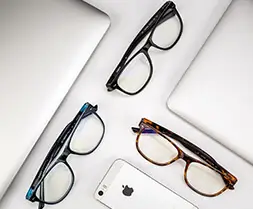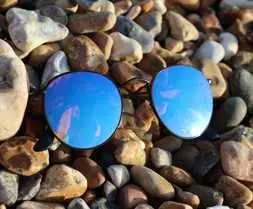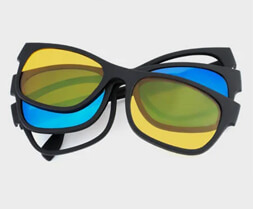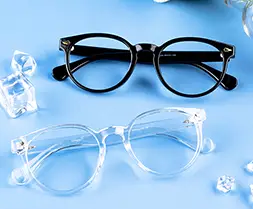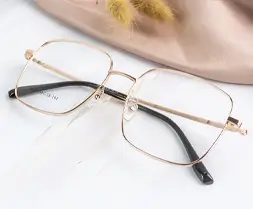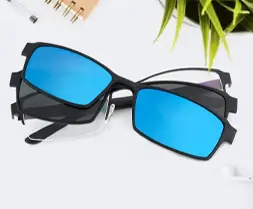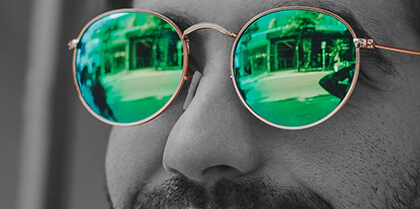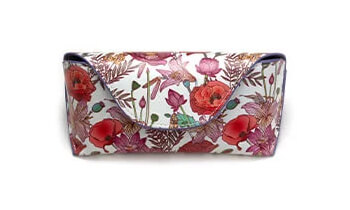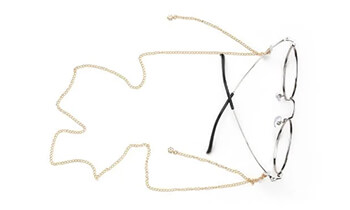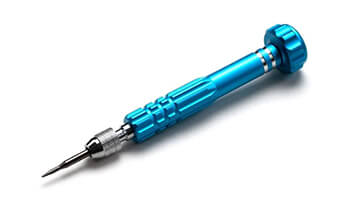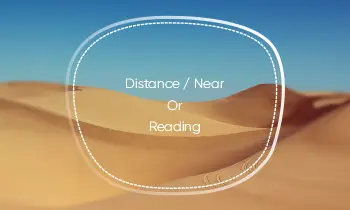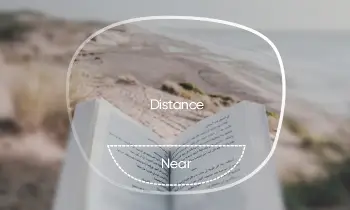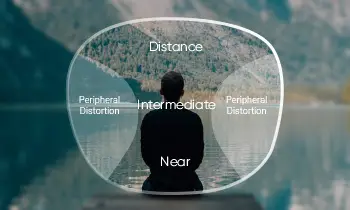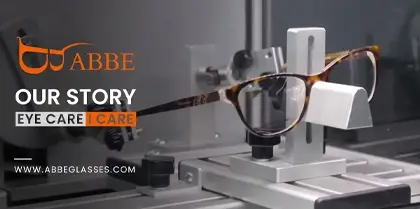Do you understand the pain of wearing a mask for people with nearsighted glasses? Mask plus eyeglasses will get fogging for a second. When you go out, you have to hold your breath and exhale a little more, and the world in front of you becomes a white blur. Even if you do not wear a mask, winter from outdoors back indoors will instantly become "blind."

Imagine how annoying it is when you pick up a glass of water to drink, and when you reach out your forks to stab towards the hot pot meatballs, and suddenly you can't see anything in front of you.
Why do eyeglasses lenses get foggy?
The cause of lens fogging is simply the liquefaction caused by the temperature difference. When you are outside in winter, the surface temperature of the eyeglasses lenses of glasses and the cold temperature, and the gas temperature generated by human breathing is high, when this "high temperature" water vapor through the gap between the mask and the bridge of the nose to contact the lens, then the cold liquefied to form tiny droplets, covering the surface of the lens, which is fogged up.
The same is valid for entering indoors from outdoors, drinking water, and eating hot pot. When the hot vapor meets the cold lens, it will fog up.
Why anti-fog products protect against fog
Many anti-fog products on the market, such as anti-fog wipes, anti-fog spray, etc., are similar in principle. This is because they all contain anti-fogging agents in their primary ingredients. Take anti-fog wipes as an example, and the anti-fog agent component is mainly a functional liquid called "surfactant", which can form a layer of anti-fog film on the surface of the lens, reducing the tension between the lens and water droplets, preventing the formation of tiny water droplets, so that they can be better spread on the surface of the lens, thus forming a more uniform water film, so that there will be no fog on the lenses.
Regular anti-fog products can guarantee a full day of anti-fog effect. Still, the specific impact also depends on the combination of product quality, the number of wipes, the degree of uniform application, temperature and humidity, the degree of cleanliness of the lenses, and other factors.
Anti-fogging tips for eyeglass lenses
Method one: homemade anti-fog water
The ingredients for making anti-fog water are straightforward, so homemade can be made. First, mix 30ml of glycerin and 10ml of soap solution, add a few drops of turpentine, mix well and set aside. Then, when it comes time to use, apply the anti-fog water on the lenses and wipe with a glasses cloth. It can effectively prevent fogging for 3-4 hours.
Method two: soap remove fog
The principle of the soap defogging method is straightforward because the soap contains oil components, and applying soap water to the lenses will not quickly get water vapor. Soak the soap in warm water to make soapy water, then use it evenly on the lenses and dry them gently with an eyeglass cloth.
Method three: toothpaste "anti-fog"
Take a little toothpaste and apply it to the glasses lenses in two sides. Since toothpaste is sticky, the application process is time consuming and not so easy during wiping. The anti-fog effect lasts for about 4 hours.



